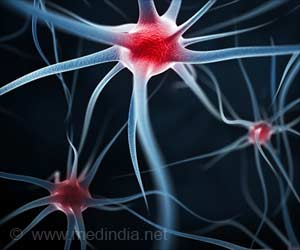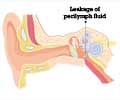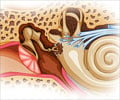Highlights
- Inner ear stem cells may reverse hearing loss but may also initiate cancer growth
- These stem cell can be converted to auditory neurons to restore the hearing process but the growth of these stem cells can be difficult to control
- Hearing loss due to overexposure to noise can cause hair cell loss, damage to the neuronal process and slow degeneration of auditory neurons
- These hair cells in the inner ear are responsible for the conversion of sound into neuronal signals relayed to the brain
"It’s a cautionary tale," Kwan said. "People say, ’we’ll just put stem cells in and we’re going to replace lost neurons.’ We’re saying that ’yes, we can make neurons,’ but you have other side effects that are unanticipated, such as increased proliferation of stem cells. So this will guide us toward a better strategy for cell replacement therapies."
The Rutgers-led study was published in Stem Cell Reports and led by Zhichao Song, a doctoral student in Kwan’s lab. Co-author Azadeh Jadali is a post-doctoral associate in the lab.
So-called hair cells in the inner ear convert sounds into neural signals that are relayed to the brain by spiral ganglion neurons, the study notes.
Hearing loss from overexposure to noise causes hair cell loss, severe damage to neuronal processes and slow degeneration of auditory neurons. The neurons do not regenerate once they are lost.
In their study, the scientists overexpressed a gene called NEUROG1 to turn inner ear stem cells into auditory neurons.
The Rutgers scientists also discovered that chromatin - DNA studded with histone proteins - influences how NEUROG1 functions.
Changes in chromatin may help reduce unwanted stem cell proliferation and can be achieved by adding drugs to experimental cultures in Petri dishes, Kwan said.
"Ideally, we would change the chromatin state before we start overexpressing NEUROG1 and prevent unwanted stem cell proliferation," he said.
Reference
- Zhichao Song, Azadeh Jadali, Bernd Fritzsch, Kelvin Y. Kwan’Correspondence information about the author Kelvin Y. KwanEmail the author Kelvin Y. Kwan. NEUROG1 Regulates CDK2 to Promote Proliferation in Otic Progenitors, Stem Cell Reports Journal (2017) DOI: http://dx.doi.org/10.1016/j.stemcr.2017.09.011
Source-Eurekalert















